The Buzz on Climate Change – How Global Warming is affecting Mosquito Populations
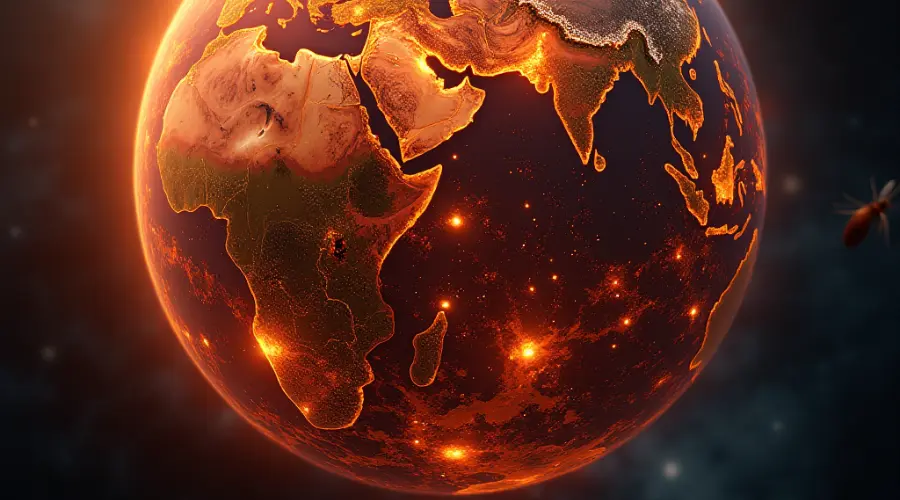
Did you know that mosquito-borne diseases cause more than 700,000 deaths globally each year? This startling statistic highlights just how dangerous mosquitoes can be. However, there’s more to the story. As the climate changes, mosquito populations are shifting, and with them, the risks to public health. Warmer temperatures, unpredictable rainfall, and altered ecosystems are giving mosquitoes new opportunities to thrive. This blog explores The Buzz on Climate Change and how it is changing mosquito habitats and behaviors, creating potential public health challenges for the future.
Link Between Climate Change and Mosquito Habitats
Temperature Changes
Precipitation Patterns
Impact on Mosquito Life cycles
As temperatures rise globally, mosquitoes are developing faster than ever. Warmer temperatures allow them to complete their life cycles more quickly, which naturally leads to an increase in their numbers. In addition, mosquito breeding seasons are getting longer, meaning they have more time each year to reproduce. Consequently, we’re seeing mosquito populations surge, especially in warmer climates.
Expansion of Habitable Zones
Furthermore, mosquitoes are expanding into regions that were once too cold for them to survive. Warmer temperatures are making new areas more habitable for these pests. For instance, the Asian Tiger Mosquito, known to spread diseases like dengue, has recently been found in Europe due to rising temperatures. As The Buzz on Climate Change continues to intensify, mosquitoes are likely to invade more areas, including temperate regions that have never faced these threats before.
Increased Rainfall and Flooding
Beyond temperature, climate change is also altering rainfall patterns. Increased rain and flooding create more standing water, which is essential for mosquito breeding. In regions where rain is heavier and more frequent, mosquitoes can thrive in new pools of water that didn’t exist before. As a result, mosquito larvae have a better chance of survival, contributing to a rise in mosquito-borne diseases.
Droughts and Water Storage
On the other hand, droughts present a different kind of risk. In times of drought, mosquitoes are drawn to the few remaining water sources, often near human populations. When water is scarce, people tend to store water in containers, inadvertently creating mosquito breeding grounds. Thus, human activity combined with changing weather patterns is making mosquito control even more challenging.
Ecosystem Changes
Human Activities and Urbanization
Alterations in vegetation Patterns
Additionally, as the climate warms, changes in plant growth and vegetation patterns are creating environments that are more suitable for mosquitoes. Dense vegetation, for example, provides ideal shade and shelter, allowing mosquitoes to breed and survive more easily.
Impact on Natural Predators
Moreover, climate change is disrupting the balance of ecosystems. Animals like birds and fish that naturally feed on mosquitoes may decline in numbers due to changing weather conditions. As a result, mosquito populations could rise further since their natural predators are no longer keeping them in check.
Urban Heat Islands
In cities, the “urban heat island” effect is also contributing to mosquito population growth. Urban areas are often warmer than rural ones due to heat trapped by buildings, roads, and concrete. Therefore, mosquitoes are finding cities more suitable for breeding, which can increase the risk of disease spread in densely populated areas.
Poor Waste Management
On top of that, poor waste management can also exacerbate the problem. Discarded plastic containers, tires, and trash that collect water become perfect mosquito breeding grounds. Given The Buzz on Climate Change, even small pools of water can lead to large mosquito populations.
Potential Future Scenarios and Public Health Impacts
Geographical Spread of Mosquito-Borne Diseases
Increased Disease Transmission Rates
Geographical spread of Mosquito-Borne Diseases
As mosquitoes expand into new regions, diseases traditionally confined to tropical areas are beginning to spread to temperature zones. This shift poses a significant risk, as populations in these new areas may lack immunity to these diseases.
Case Studies
In Australia, the spread of Ross River virus and Barmah Forest virus is a notable concern. These viruses, transmitted by mosquitoes, have become more prevalent in regions where they were previously rare, partly due to changing climate conditions.
Longer Transmission Seasons
With higher temperatures, mosquitoes are active for longer periods each year. Consequently, the transmission season for diseases like malaria, dengue, and Zika is lengthening. This extended period allows mosquitoes to spread diseases to more people.
Higher Mosquito Populations
At the same time, increased rainfall and higher temperatures mean mosquitoes can breed more frequently, further driving up their populations. As a result, the risk of disease transmission is rising in many parts of the world.
Emergence of New or Adapted Pathogens
Challenges to Public Health Systems
Potential for New Mosquito-Borne Diseases
Climate change may not only expand the range of existing diseases but also create opportunities for new pathogens to emerge. Mosquitoes could carry novel viruses that are adapted to the changing environment.
Adaptation of Existing Pathogens
Existing pathogens might adapt to new conditions, making them more virulent or capable of infecting new hosts, posing further challenges to public health.
Strain on Healthcare Infrastructure
Increased mosquito-borne diseases can overwhelm healthcare systems, stretching resources and complicating disease management.
Need for New Prevention and Control Strategies
As the mosquito population and disease spread change, there is an urgent need for innovative prevention and control methods.

Multi Insect Killer Spray 320g
57 reviews $9.90Mosquito Control Trap – 4 Pack
16 reviews Original price was: $129.00.$99.90Current price is: $99.90.Orange Guard Natural Insect Spray 946ml
29 reviews Original price was: $29.90.$24.90Current price is: $24.90.Current Research and Mitigation Strategies
Predictive Modeling – Using Climate Data
Researchers are using climate data to forecast mosquito population trends and identify potential hotspots for disease outbreaks. This proactive approach helps in preparing for and mitigating the effects of mosquito-borne diseases.
Innovative Control Methods
Public Health Preparedness
Genetically Modified Mosquitoes
One promising strategy is the use of genetically modified mosquitoes that are designed to reduce populations or eliminate specific pathogens.
Novel Insecticides and Repellents
New insecticides and repellents are being developed to tackle mosquito populations more effectively and sustainably.
Environmental Management Techniques
Managing the environment to reduce mosquito breeding sites, such as improving drainage and reducing standing water, is crucial for control efforts.
Genetically Modified Mosquitoes
One promising strategy is the use of genetically modified mosquitoes that are designed to reduce populations or eliminate specific pathogens.
Novel Insecticides and Repellents
New insecticides and repellents are being developed to tackle mosquito populations more effectively and sustainably.
Environmental Management Techniques
Managing the environment to reduce mosquito breeding sites, such as improving drainage and reducing standing water, is crucial for control efforts.
Conclusion
The effects of The Buzz on Climate Change are becoming more evident. As mosquito populations grow and move into new areas, public health risks are increasing. To prevent the spread of mosquito-borne diseases, we must adapt our strategies, continue research, and take proactive measures. Through a combination of public health efforts and individual actions, we can better protect ourselves and our communities from these dangerous insects.







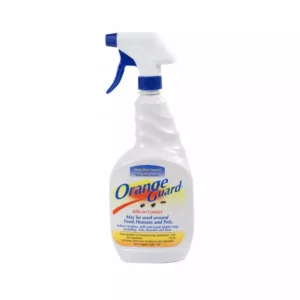

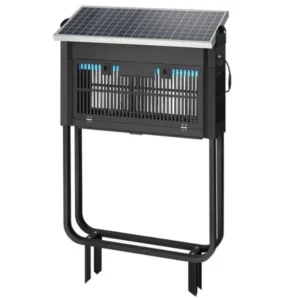

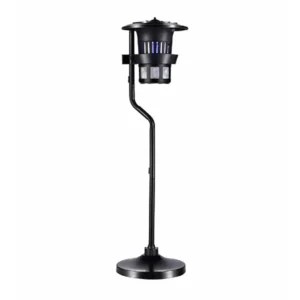
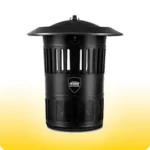 Mosquito Traps
Mosquito Traps